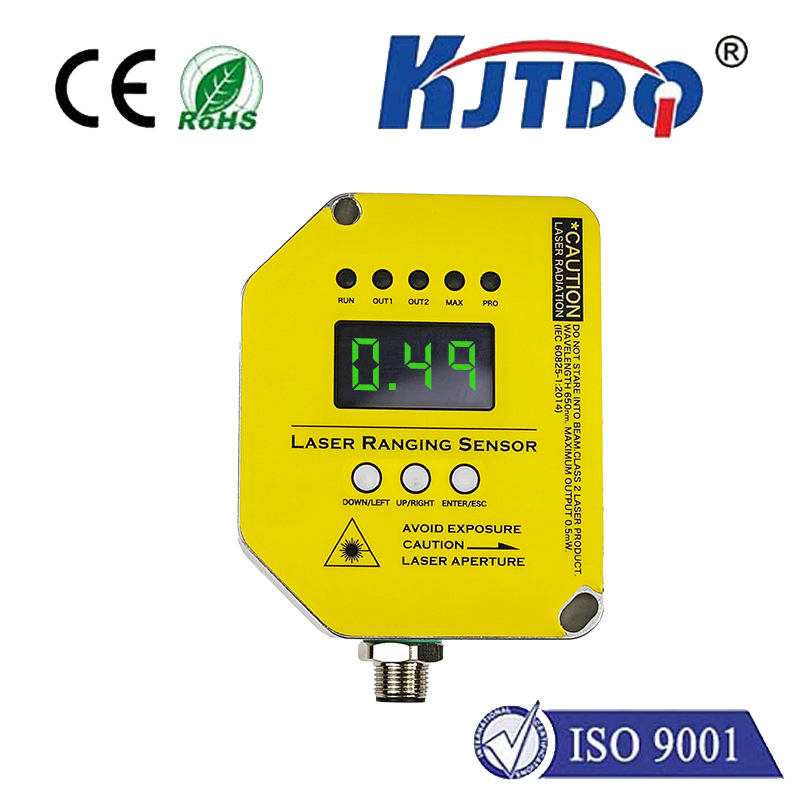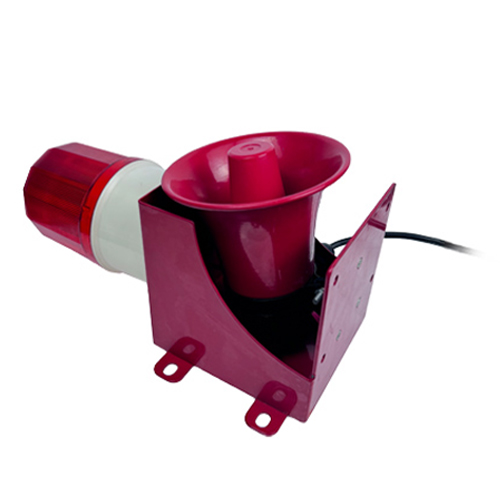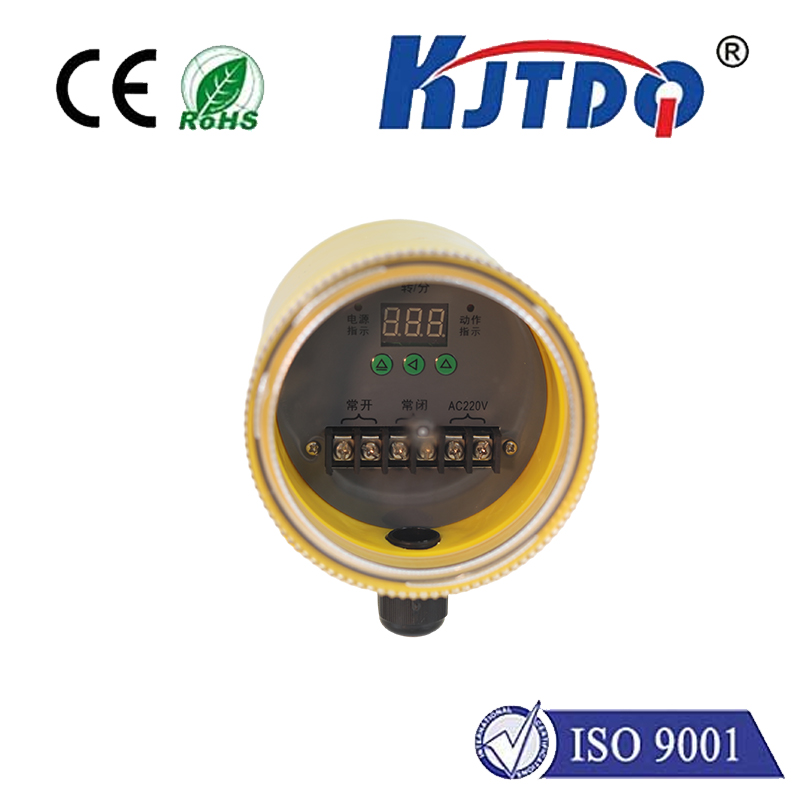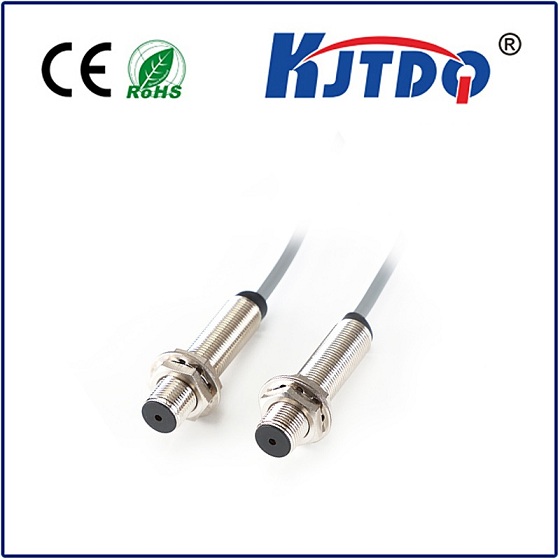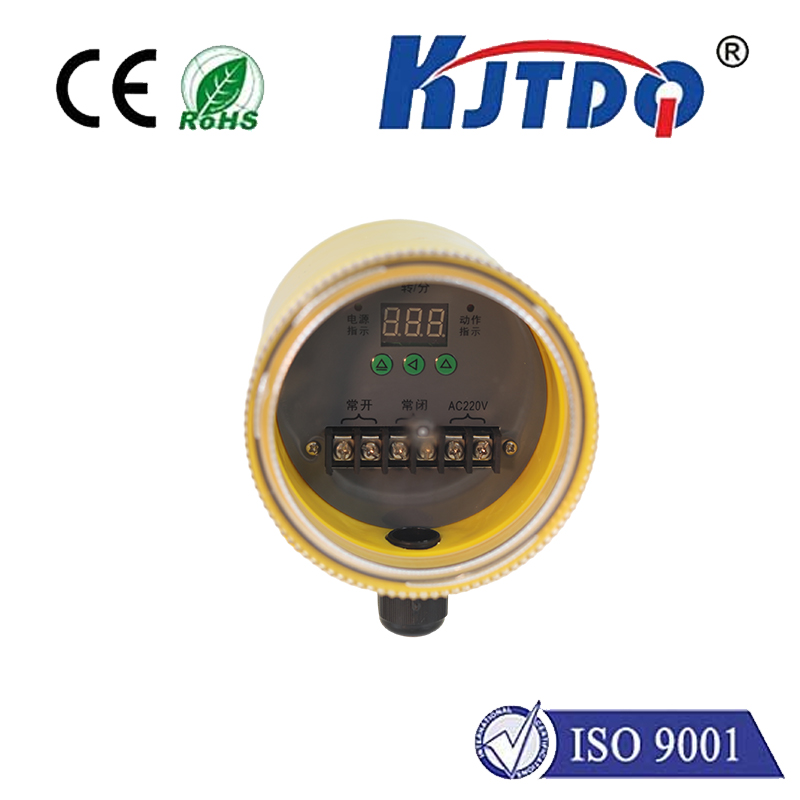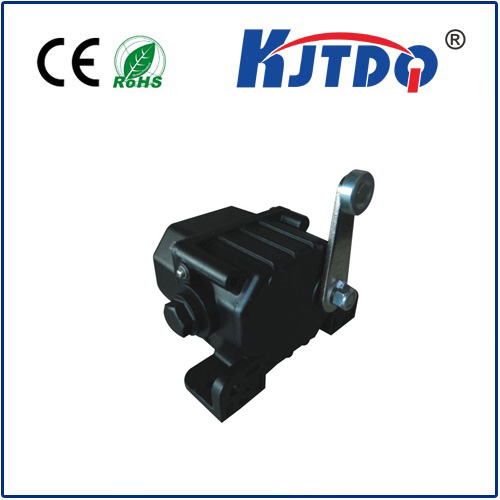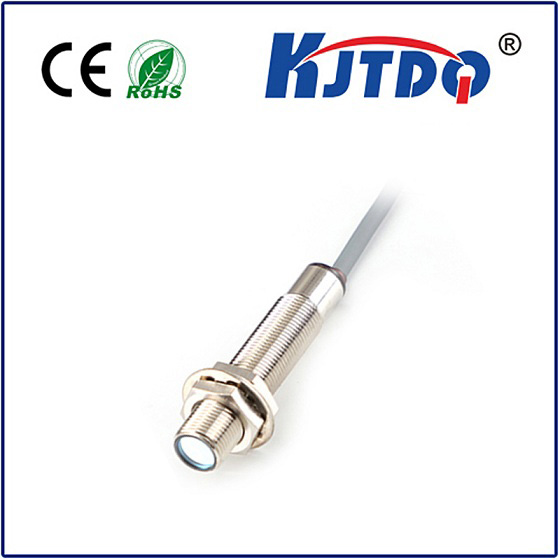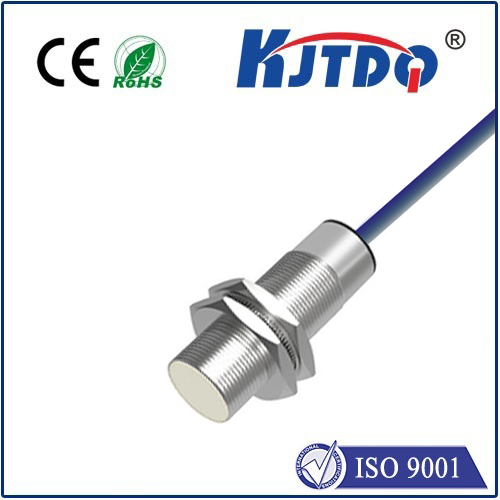laser sensor
- time:2025-09-08 13:37:40
- Click:0
Laser Sensors: Precision Measurement Technology Explained
Ever wonder how self-driving cars detect obstacles at lightning speed, or how manufacturing robots assemble components with micron-perfect accuracy? The unsung hero enabling these marvels is often the laser sensor. Far more than just directed light, laser sensors represent a cornerstone of modern measurement and detection technology, offering unprecedented precision, speed, and reliability where traditional methods fall short. This sophisticated technology transforms laser light into invaluable data, fundamentally changing how we interact with and automate the physical world.
Decoding the Technology: How Laser Sensors Illuminate Data
At its core, a laser sensor operates by emitting a highly focused beam of coherent light – a laser beam. This beam interacts with a target object. The sensor then meticulously analyses the returning light signal, effectively seeing changes caused by the object’s presence, distance, surface characteristics, or dimensions. Several core principles govern this process:

- Time-of-Flight (ToF): Precisely measures the time taken for the laser pulse to travel to the target and back. Calculating distance (Distance = (Speed of Light × Time) / 2) with phenomenal accuracy is fundamental for applications like long-range scanning and 3D mapping.
- Laser Triangulation: Employs a geometric approach. The laser projects a spot or line onto the target. A photodetector (like a CMOS or CCD sensor), positioned at a known angle relative to the emitter, captures the reflected light’s position. Changes in the spot’s position on the detector directly correlate to changes in the target’s distance, enabling exceptional short-range accuracy down to the micron level.
- Laser Interferometry: Leverages the wave nature of light. It splits the laser beam, sending one part towards a reference surface and the other towards the target. The recombining beams create an interference pattern. Minute changes in the target’s position or surface alter this pattern, detected with sub-nanometer resolution, crucial for ultra-precise metrology.
- Laser Confocal: Uses precise optical focusing combined with a pinhole aperture. Only light reflected from the specific focal plane reaches the detector, effectively rejecting out-of-focus light. This enables high-resolution surface profiling, measurement of transparent/translucent materials, and precise thickness gauging.
Key components include the laser diode (light source), optics (lenses for focusing/collecting), the photodetector, and sophisticated signal processing electronics translating light patterns into usable digital data.
The Compelling Advantages Driving Adoption
Laser sensors consistently outperform other sensing methods due to inherent advantages:
- Non-Contact Measurement: The core paradigm shift. Objects are measured without physical touch. This prevents damage to delicate targets and eliminates wear and tear on the sensor itself, ensuring long-term reliability and suitability for fragile goods or high-speed processes.
- Micron-Level Accuracy & High Resolution: Capable of detecting incredibly minute changes. This exceptional precision is indispensable in quality control, micro-manufacturing, semiconductor production, and scientific research where the smallest deviations matter.
- High-Speed Performance: Laser signals travel at, well, the speed of light. This allows for incredibly rapid detection and measurement, essential for automated production lines, robotics, highway traffic monitoring, and object counting at high velocities.
- Rugged Reliability & Environmental Tolerance: Engineered for demanding industrial environments, many laser sensors resist dust, vibration, moisture, and varying lighting conditions far better than optical cameras or mechanical probes.
- Flexibility Across Targets: Effectively measure diverse surfaces – shiny, matte, dark, transparent, or textured – by selecting the appropriate principle (like diffuse reflection for rough surfaces or retro-reflection for high-gloss targets).
Transformative Applications: Where Laser Sensors Shape the Future
The unique capabilities of laser sensors unlock possibilities across countless sectors:
- Factory Floor & Industrial Automation: The undisputed backbone. Used for precise positioning of robots, dimensional inspection of parts on conveyor belts, fill level control in tanks and bottles, web guiding, thickness monitoring of sheets (metal, plastic, paper), weld seam tracking, and automated assembly verification. Laser distance sensors and laser displacement sensors are ubiquitous here.
- Logistics & Material Handling: Object detection for sorting systems, pallet dimensioning, forklift guidance systems ensuring safe operation in warehouses, and volume measurement for optimizing storage and transport.
- Robotics & AGVs: Essential for environmental perception, collision avoidance, navigation, and object manipulation. Laser scanners create detailed 2D/3D maps of surroundings, enabling autonomous movement.
- Automotive Innovation: Critical for Advanced Driver Assistance Systems (ADAS) and autonomous driving (Lidar – Light Detection and Ranging – is fundamentally laser-based). Also vital in manufacturing for body-in-white measurement, gap & flush inspection, and wheel alignment.
- Consumer Electronics: Employed in devices like smartphone autofocus systems (laser AF), gesture recognition, and virtual/augmented reality headsets for tracking and depth perception.
- Building & Construction: Facilitate precision leveling, alignment, distance measurement (laser rangefinders), and structural deformation monitoring.
- Research & Development: Provide non-intrusive measurement in wind tunnels, material science experiments, microfluidics, and countless lab settings requiring high precision.
- Smart Homes & Security: Used in presence detection for lighting/security, simple obstacle avoidance in robotic vacuums, and intruder detection systems.
Evolving Landscape: The Next Wave of Laser Sensing
Laser sensor technology is far from static. Key trends shaping its future include:
- Miniaturization & Integration: Shrinking components, driven by MEMS (Micro-Electro-Mechanical Systems) technology, are enabling smaller, lighter, cheaper sensors suitable for drones, wearables, and embedded systems. Chip-scale Lidar is a major frontier.
- Enhanced Intelligence: Integration with AI and machine learning algorithms allows sensors to move beyond raw data provision to smarter analysis, feature extraction, and predictive capabilities directly at the edge.
- Cost Reduction: Mass production techniques and component innovations are steadily lowering costs, broadening the accessibility and application scope of laser sensing significantly, moving into mid-range industrial and consumer applications.
- Multi-sensor Fusion: Combining laser data with inputs from cameras (vision), radar, and inertial sensors creates more robust and intelligent perception systems, crucial for complex environments like autonomous navigation.
- Push Towards Higher Speeds & Resolution: Continuous innovation targets






